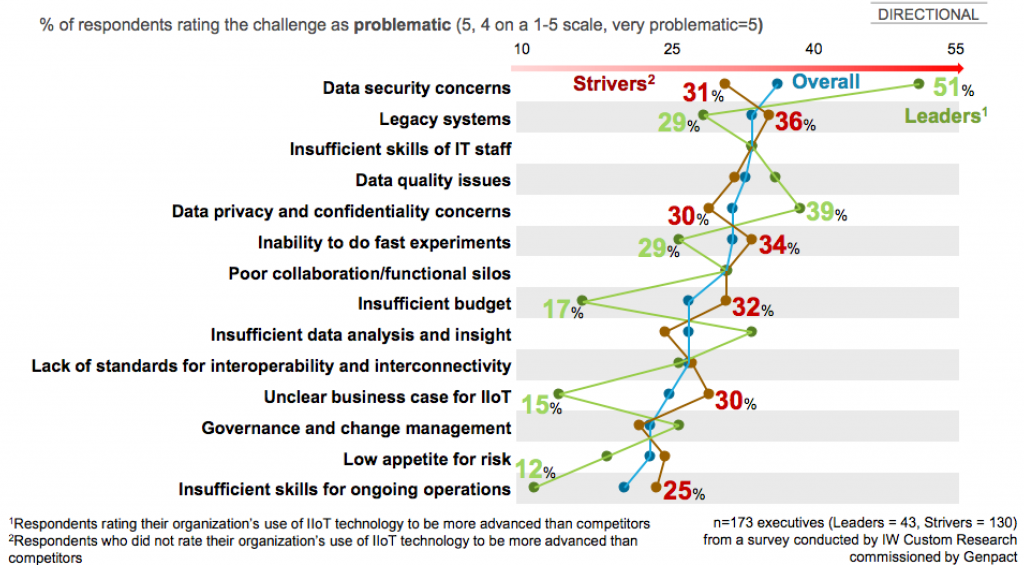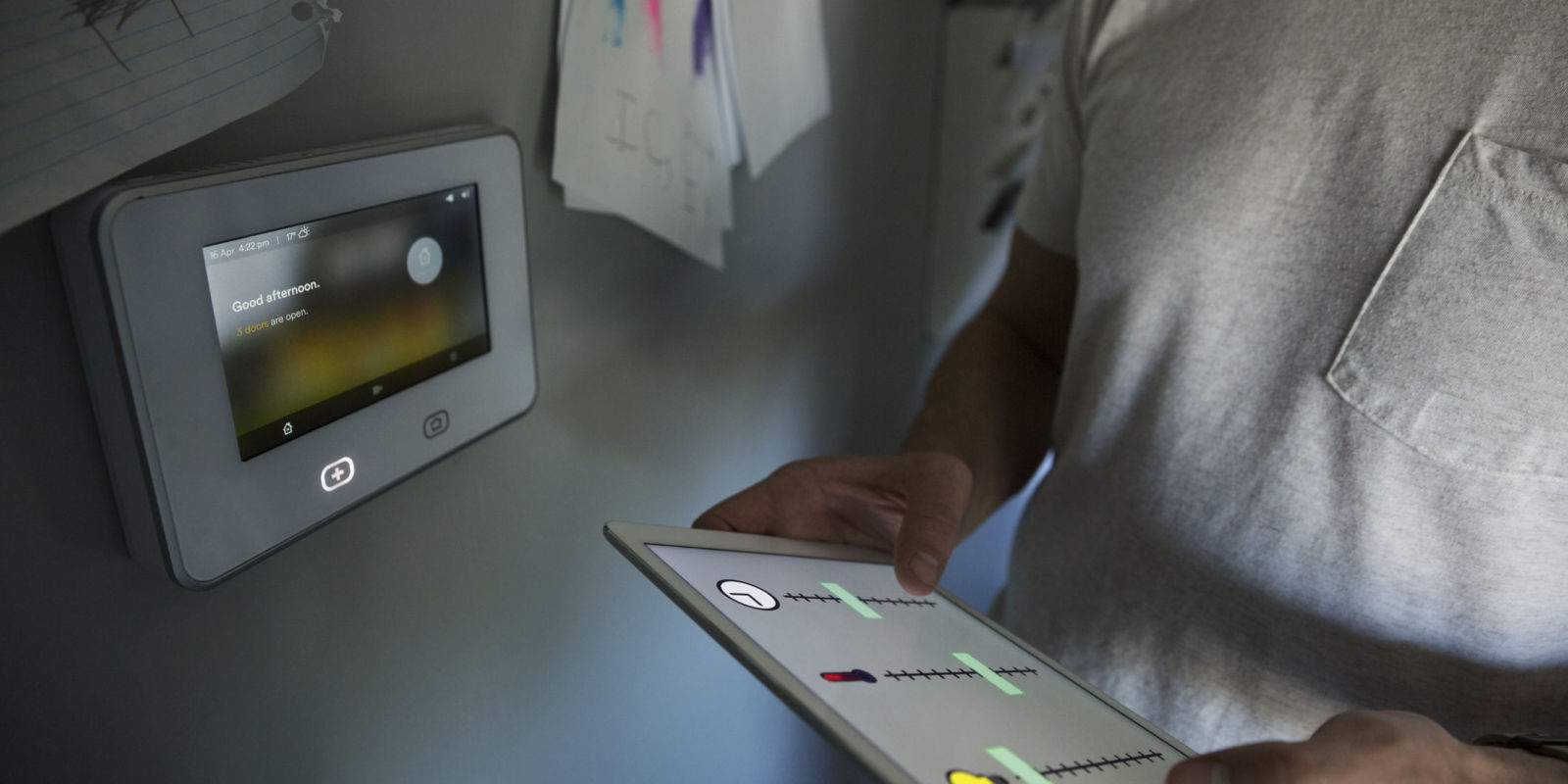“Security must be designed from the start — before driverless vehicles are on the road, before smart meters are installed in buildings and before a patient is given a wearable device for health monitoring purposes. These are just a few innovations that bring huge benefits, but there are no benefits without risk.
The government has a responsibility to support departments, private sector businesses and citizens as they implement and use IoT devices securely. It also plays a critical role in defending the volume of personal data its systems will hold as a result of the implementation of IoT innovations.
Security incidents are not questions of if, but when. In the unfortunate case of a compromise or breach, there needs to be an adequate response process. A proactive, comprehensive approach is required for any incident response platform, and organizations should consult the staff responsible to respond from both the technical and board levels. With next-generation intelligent and integrated threat protection solutions, governments will be able to better defend themselves against sophisticated attacks.”
Monthly Archives: June 2016
50B IoT devices connected by 2020 – beyond the hype and into reality | RCRWireless
“Although the specific predictions and the numbers differ, what is remarkable is that the numbers predicted for 2020 have been consistently extremely large over the years. The IoT market is experiencing explosive growth around the world and the numbers are still performing at what Gartner calls the “peak of inflated expectations” in its well-known “hype cycle” diagrams.
But how realistic are these massive numbers? Even the most conservative prediction – Gartner’s 20.8 billion connected things by 2020 – is predicated on a steady 30% annual growth. Cisco’s oft-reported 50 billion connected things is dependent on linking up “tires, roads, cars, supermarket shelves, and yes, even cattle” by 2020, according to the company’s blog. No one can know if either of these things will happen.”
Source: 50B IoT devices connected by 2020 – beyond the hype and into reality
The implications of large IoT ecosystems | TechCrunch
“The Internet of Things genie is out of the bottle and growing at an accelerating pace. According to Gartner, 6.4 billion connected things will be in use…
However, the challenges that come with the chaotic growth of IoT are also new and, in some cases, unfamiliar, and not knowing and anticipating them can slow down the process — if not halt it altogether.”
Source: The implications of large IoT ecosystems | TechCrunch
The Industrial Internet Of Things Is About To Become A Multi-Trillion Dollar Market – ARC – ARC
Companies that don’t plan to eliminate or reduce asset failure in the Industrial Internet of Things are taking a big risk.
According to a custom global survey of 173 senior executives by business process services provider Genpact’s internal think tank, the problem is that only 25% have a clear vision of their Industrial Internet of Things strategy. However only 24% of those executives are happy with how this strategy is being executed.
Source: The Industrial Internet Of Things Is About To Become A Multi-Trillion Dollar Market – ARC – ARC
Combatting the evil Internet of Things | BizCommunity
A A recent survey of over 400 global IT security pros revealed that fears over the security of connected devices has risen sharply since last year. 86% of respondents to security analysts Pwnie Express’ survey said they were worried about device threats – with 50% either ‘very’ or ‘extremely’ concerned. Many had even witnessed attacks first-hand
ForeScout Technologies: IoT has too many devices and not enough security
As Internet of Things devices expand their reach into the enterprise, they make greater demands on security. New research from cyber security specialist ForeScout Technologies reveals that while IT…
Karamba launches a firewall for connected cars
Karamba Carwall is an in-car security software that secures connected cars against cyber-attacks and protects the car controller’s software security bugs
The NSA Wants To Spy On Thermostats, Refrigerators, and Pacemakers | Popular Mechanics
The National Security Agency is researching ways to collect intelligence, of course, and the latest target is the “Internet of Things,” up to and including biomedical devices like pacemakers, according to NSA deputy director Richard Ledgett during the Defense One summit on Friday.
That blanket term refers to pretty much anything that is internet-connected but not a phone or computer: Thermostats, refrigerators, security cameras, devices like Amazon Echo, and more. These may make your life easier (or sometimes harder), but they also open up additional avenues for hackers and agencies like the NSA to collect data.
Experts have raised concerns about the security vulnerabilities prevalent these devices before. Many have unencrypted signals, or broadcast their information over unsecured networks, meaning anyone can intercept that data without too much effort. The data gleaned can reveal a lot about you, your habits, your schedule, and who knows what else.
Source: The NSA Wants To Spy On Thermostats, Refrigerators, and Pacemakers
Nokia has high hopes to make an IMPACT with its new IoT platform
Nokia hopes it will have a hit on its hands with Impact, an all-encompassing new Internet-of-Things management platform that brings together several existing products.
Source: Nokia has high hopes for its its new IoT platform | Computerworld
A layered approach to enhancing security for safety-critical software
Today’s safety-critical embedded environments are becoming more connected to the outside world. The ongoing growth of the Internet and IoT solutions will further drive connectivity requirements for safety-critical systems for the foreseeable future. Aerospace, defence, automotive, medical and industrial control are just some of the vertical markets that will expand as the ability to interconnect and remotely work with devices grows.
Source: A layered approach to enhancing security for safety-critical software


